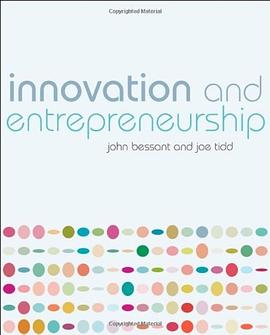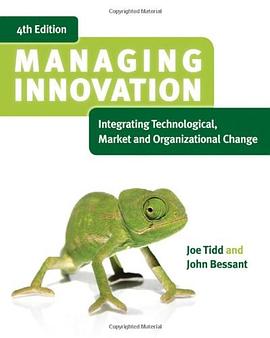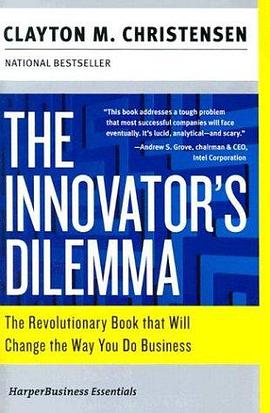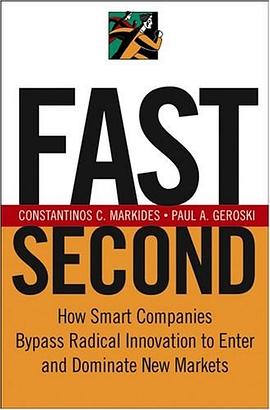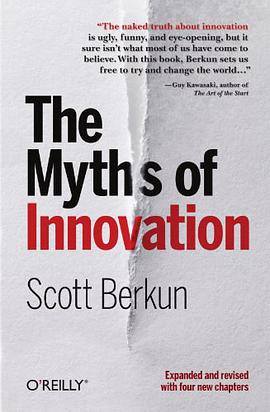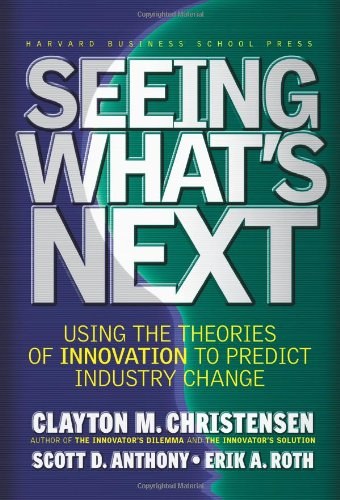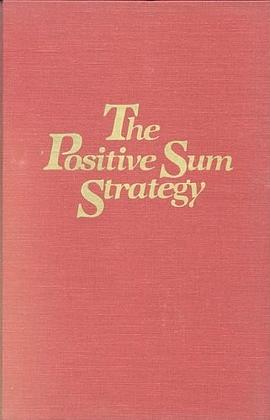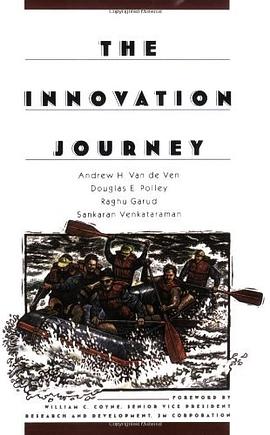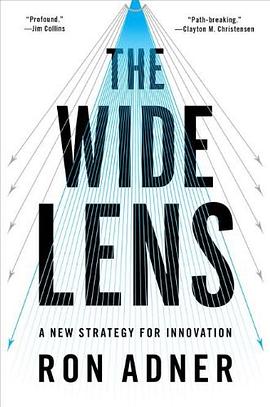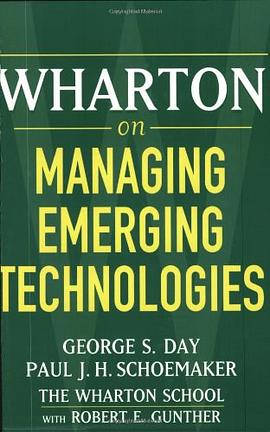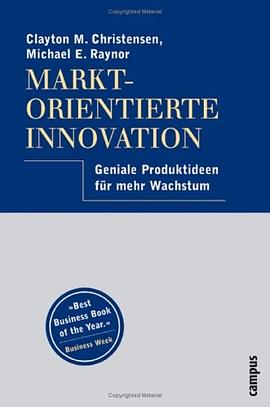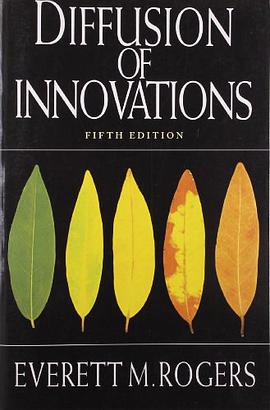Normal 0 false false false EN-US X-NONE X-NONE <!-- /* Font Definitions */ @font-face {font-family:"Cambria Math"; panose-1:2 4 5 3 5 4 6 3 2 4; mso-font-alt:"Calisto MT"; mso-font-charset:0; mso-generic-font-family:roman; mso-font-pitch:variable; mso-font-signature:-1610611985 1107304683 0 0 159 0;} @font-face {font-family:Calibri; panose-1:2 15 5 2 2 2 4 3 2 4; mso-font-alt:"Arial Rounded MT Bold"; mso-font-charset:0; mso-generic-font-family:swiss; mso-font-pitch:variable; mso-font-signature:-1610611985 1073750139 0 0 159 0;} @font-face {font-family:Consolas; panose-1:2 11 6 9 2 2 4 3 2 4; mso-font-charset:0; mso-generic-font-family:modern; mso-font-pitch:fixed; mso-font-signature:-1610611985 1073750091 0 0 159 0;} /* Style Definitions */ p.MsoNormal, li.MsoNormal, div.MsoNormal {mso-style-unhide:no; mso-style-qformat:yes; mso-style-parent:""; margin:0in; margin-bottom:.0001pt; mso-pagination:widow-orphan; font-size:11.0pt; font-family:"Calibri","sans-serif"; mso-ascii-font-family:Calibri; mso-ascii-theme-font:minor-latin; mso-fareast-font-family:Calibri; mso-fareast-theme-font:minor-latin; mso-hansi-font-family:Calibri; mso-hansi-theme-font:minor-latin; mso-bidi-font-family:"Times New Roman"; mso-bidi-theme-font:minor-bidi;} p.MsoPlainText, li.MsoPlainText, div.MsoPlainText {mso-style-noshow:yes; mso-style-priority:99; mso-style-link:"Plain Text Char"; margin:0in; margin-bottom:.0001pt; mso-pagination:widow-orphan; font-size:10.5pt; font-family:Consolas; mso-fareast-font-family:Calibri; mso-fareast-theme-font:minor-latin; mso-bidi-font-family:"Times New Roman"; mso-bidi-theme-font:minor-bidi;} span.PlainTextChar {mso-style-name:"Plain Text Char"; mso-style-noshow:yes; mso-style-priority:99; mso-style-unhide:no; mso-style-locked:yes; mso-style-link:"Plain Text"; mso-ansi-font-size:10.5pt; mso-bidi-font-size:10.5pt; font-family:Consolas; mso-ascii-font-family:Consolas; mso-hansi-font-family:Consolas;} .MsoChpDefault {mso-style-type:export-only; mso-default-props:yes; mso-ascii-font-family:Calibri; mso-ascii-theme-font:minor-latin; mso-fareast-font-family:Calibri; mso-fareast-theme-font:minor-latin; mso-hansi-font-family:Calibri; mso-hansi-theme-font:minor-latin; mso-bidi-font-family:"Times New Roman"; mso-bidi-theme-font:minor-bidi;} @page WordSection1 {size:8.5in 11.0in; margin:1.0in 1.0in 1.0in 1.0in; mso-header-margin:.5in; mso-footer-margin:.5in; mso-paper-source:0;} div.WordSection1 {page:WordSection1;} --> /* Style Definitions */ table.MsoNormalTable {mso-style-name:"Table Normal"; mso-tstyle-rowband-size:0; mso-tstyle-colband-size:0; mso-style-noshow:yes; mso-style-priority:99; mso-style-qformat:yes; mso-style-parent:""; mso-padding-alt:0in 5.4pt 0in 5.4pt; mso-para-margin:0in; mso-para-margin-bottom:.0001pt; mso-pagination:widow-orphan; font-size:10.0pt; font-family:"Times New Roman","serif"; mso-fareast-font-family:"Times New Roman";} In this new paperback edition of the classic bestseller, you'll be taken on a hilarious, fast-paced ride through the history of ideas. Author Scott Berkun will show you how to transcend the false stories that many business experts, scientists, and much of pop culture foolishly use to guide their thinking about how ideas change the world. With four new chapters on putting the ideas in the book to work, updated references and over 50 corrections and improvements, now is the time to get past the myths, and change the world.
You'll have fun while you learn: * Where ideas come from
* The true history of history
* Why most people don't like ideas
* How great managers make ideas thrive
* The importance of problem finding
* The simple plan (new for paperback) Since its initial publication, this classic bestseller has been discussed on NPR, MSNBC, CNBC, and at Yale University, MIT, Carnegie Mellon University, Microsoft, Apple, Intel, Google, Amazon.com, and other major media, corporations, and universities around the world. It has changed the way thousands of leaders and creators understand the world. Now in an updated and expanded paperback edition, it's a fantastic time to explore or rediscover this powerful view of the world of ideas.
"Small, simple, powerful: an innovative book about innovation." -Don Norman, author of Design of Everyday Things "Insightful, inspiring, evocative, and just plain fun to read... It's totally great." -John Seely Brown, Former Director, Xerox Palo Alto Research Center (PARC) "Methodically and entertainingly dismantling the cliches that surround the process of innovation." -Scott Rosenberg, author of Dreaming in Code ; cofounder of Salon.com "Will inspire you to come up with breakthrough ideas of your own." -Alan Cooper, Father of Visual Basic and author of The Inmates are Running the Asylum "Brimming with insights and historical examples, Berkun's book not only debunks widely held myths about innovation, it also points the ways toward making your new ideas stick." -Tom Kelley, GM, IDEO; author of The Ten Faces of Innovation Scott Berkun Discusses Innovation at Amazon.com Headquarters Scott Berkun, author of The Myths of Innovation and The Art of Project Management , visited Amazon.com to discuss "epiphany myths" and the realities--and effort--of implementing innovation in your own life and work. Watch the video: High bandwidth Low bandwidth Praise for The Myths of Innovation :
"…Small, simple, powerful: an innovative book about innovation."
--Don Norman, Nielsen Norman Group, Northwestern University; author of Emotional Design and Design of Everyday Things
"The naked truth about innovation is ugly, funny, and eye-opening, but it sure isn’t what most of us have come to believe. With this book, Berkun sets us free to try to change the world unencumbered with misconceptions about how innovation happens."
--Guy Kawasaki, author of The Art of the Start
"This book cuts through the hype, analyzes what is essential, and more importantly, what is not. You will leave with a thorough understanding of what really drives innovation."
-- Werner Vogels, CTO, Amazon.com
